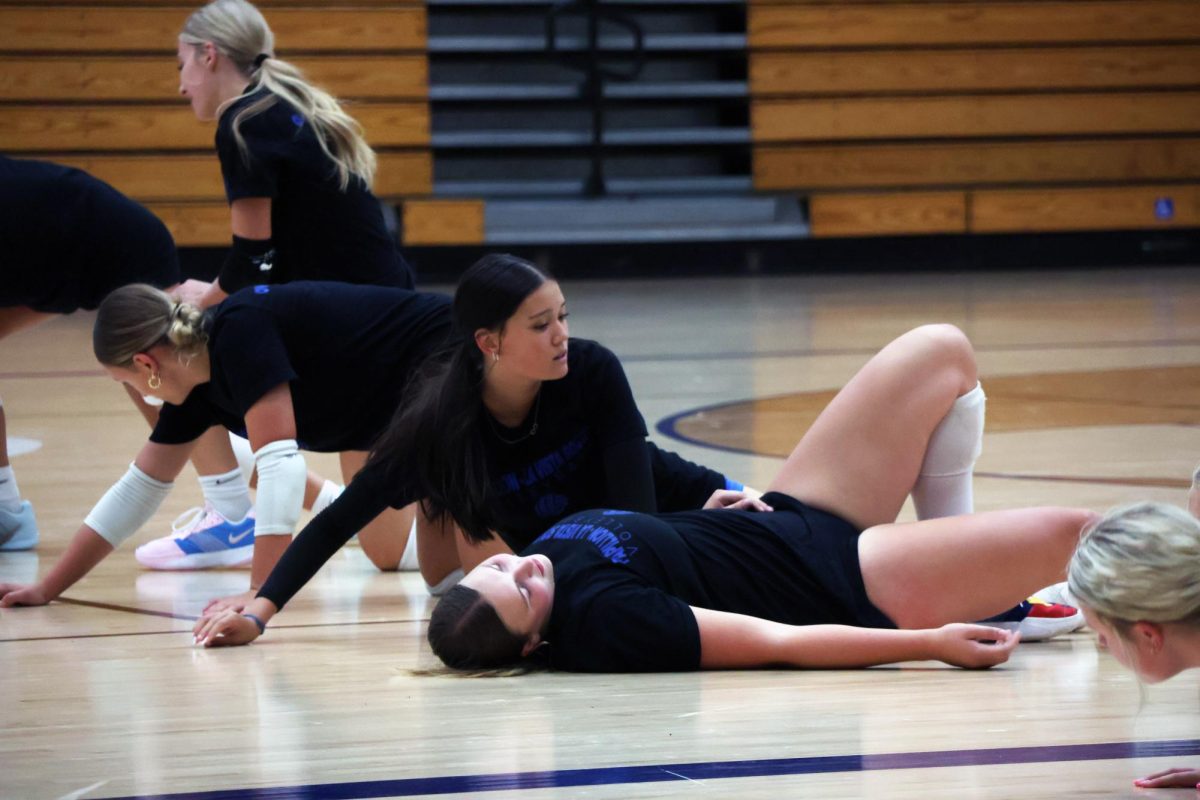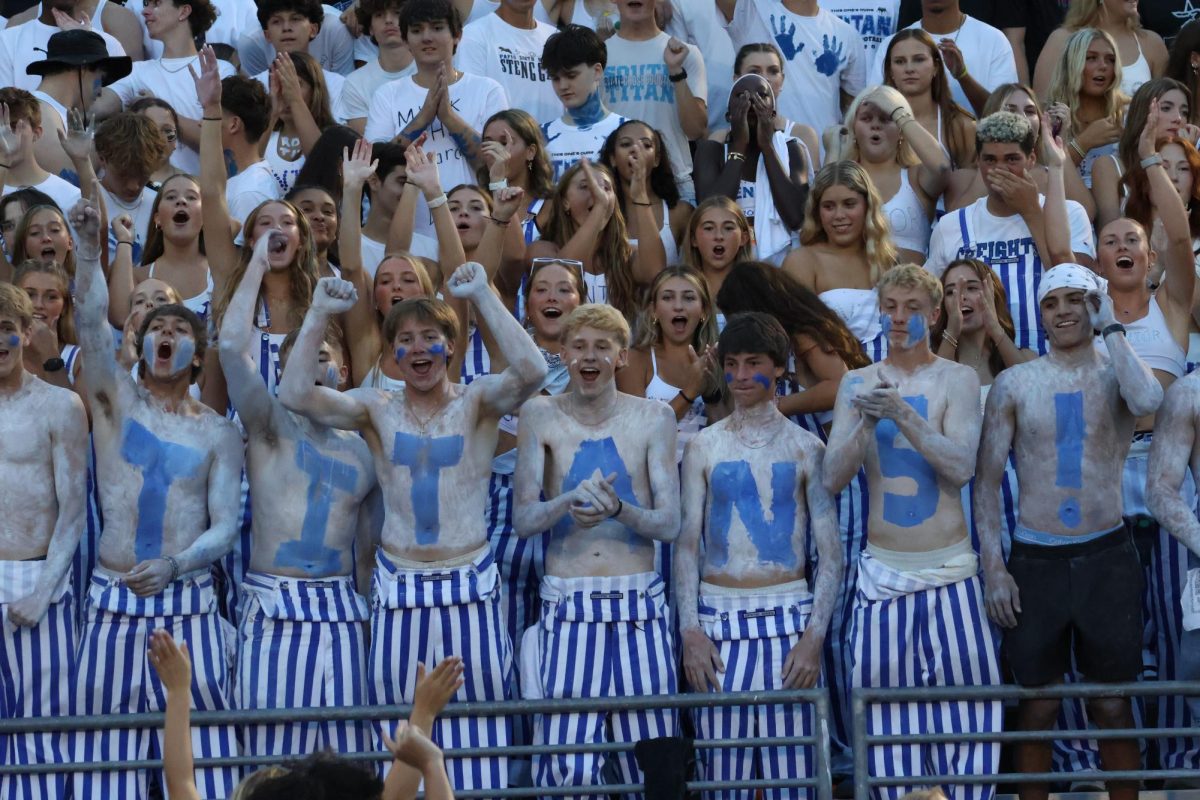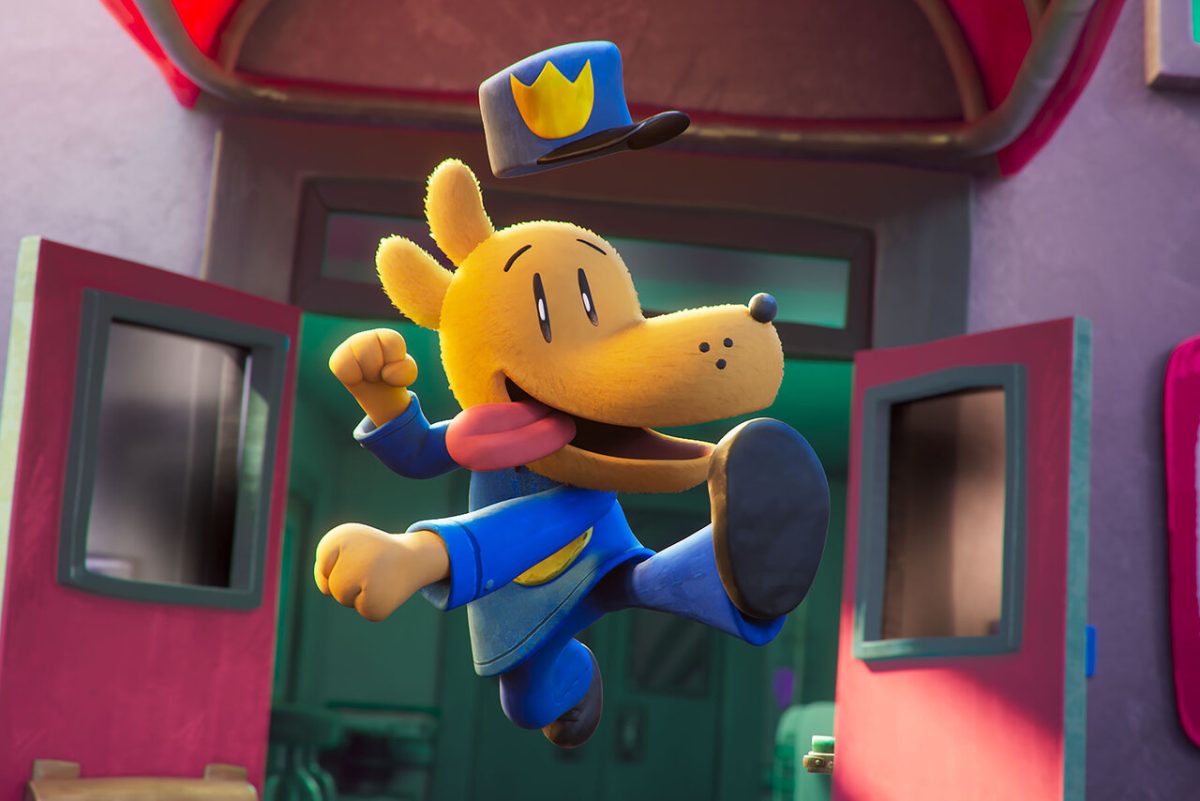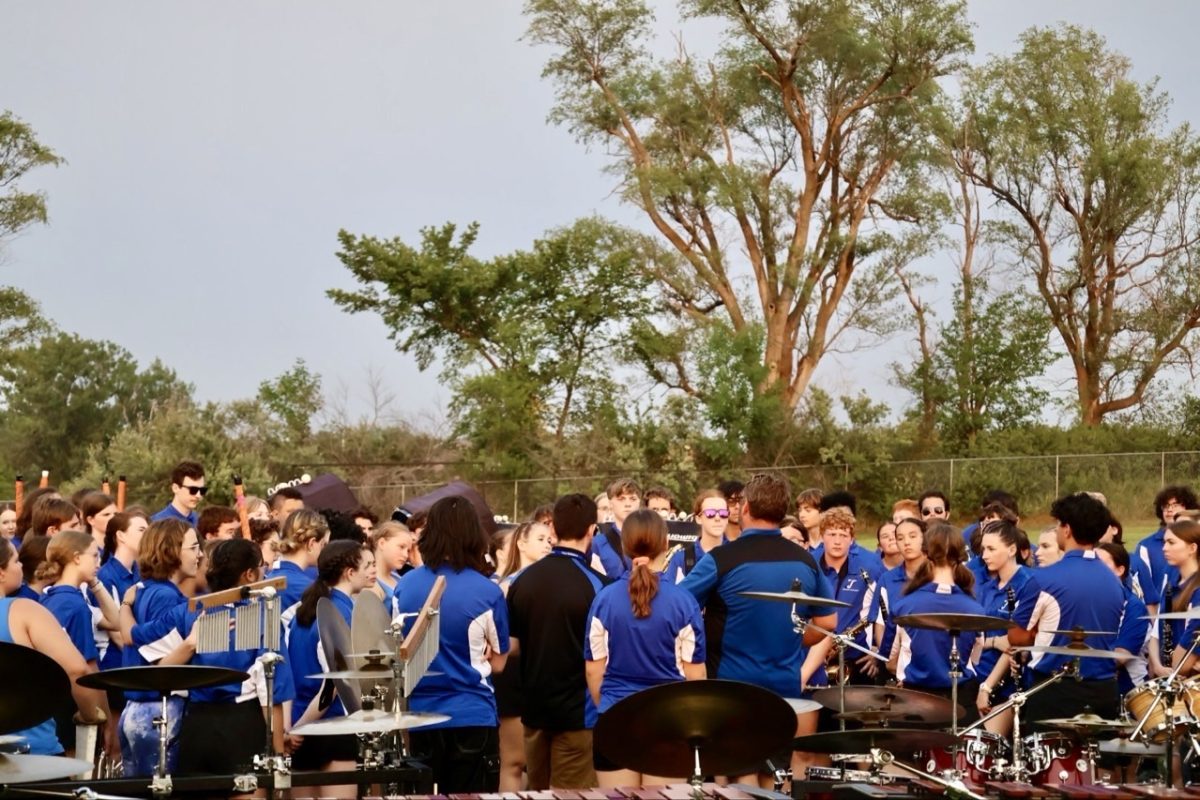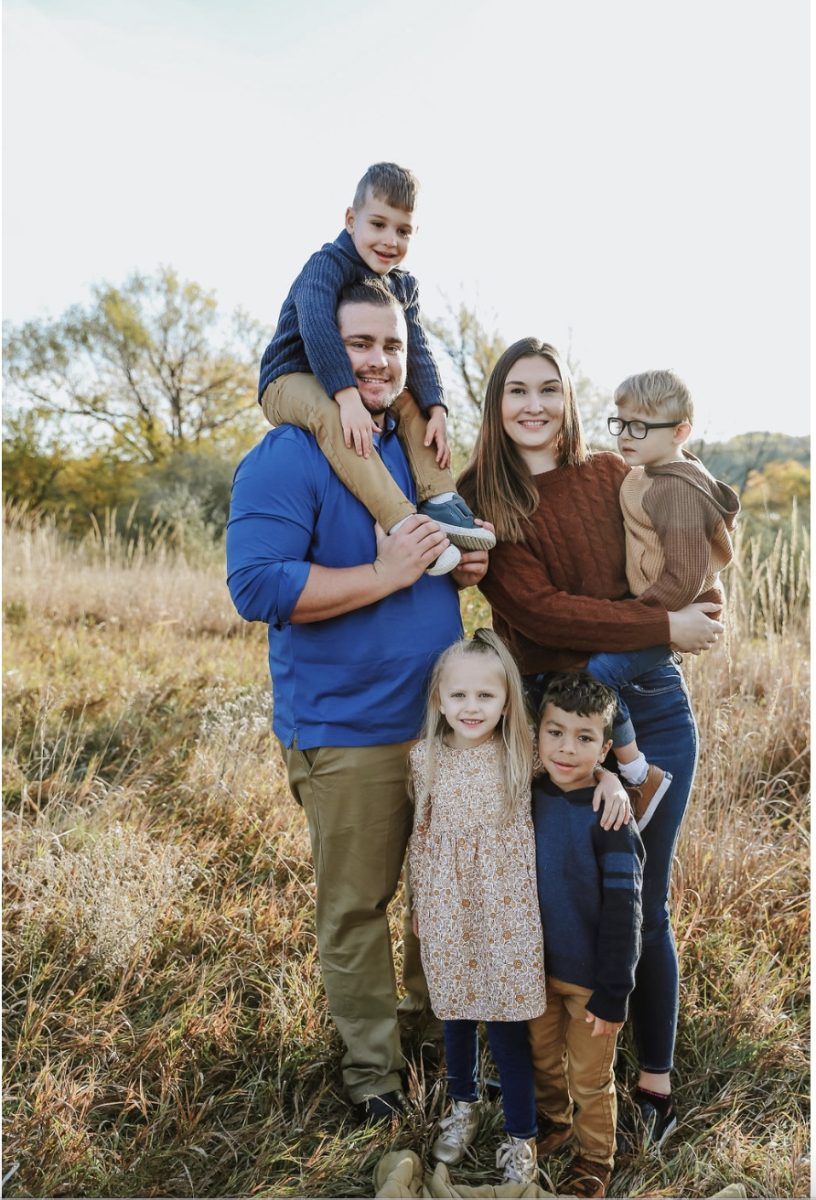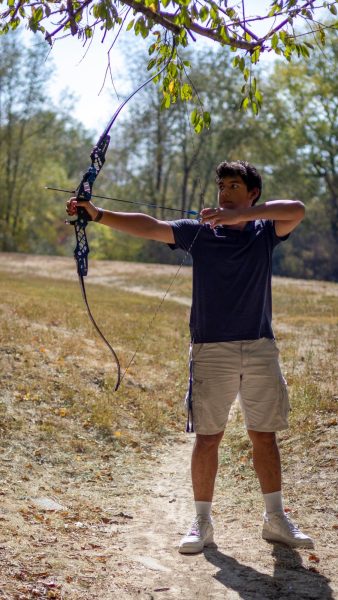1. Since your family has been in the news lately could you tell me how that happened?
“So, Memphis is five, he has cerebral palsy and he also has seizures, like pretty severe seizures. And so we wanted a way to help him. and since it was like two years ago, we wanted to get him a service dog.”
“And so dogs are really expensive, like his dog is 25 or $25,000. So a lot of money.”
“So we’ve been saving our own money for like two years and we just like, couldn’t get there.”
“So one of my friends was like, hey, like, how will you reach out to the news? And I was like, I don’t really want to do that. Like I’m not a person to like, ask for help, but she was like, no, like just try it. So we reached out to new stations and we were like, hey, like my son and we, like, I wrote it from, like, Memphis’s point of view.”
“I like, said, like, hi, my name’s Memphis. And then, written by my mom. And then put a picture and the news that responded were both KETV and WOWT and they did the news story about him and we actually, within, like, two days of that news story raised, like, well above what we were supposed to raise.”
2. Could you tell me more about Memphis – Moose.
“Memphis, my five-year-old, has cerebral palsy seizures that are particularly intense at night. He usually has two or three each night and around one during the day each week.”
“We’re arranging for scent training for Moose, our one-year-old golden retriever.”
“This involves capturing the scent associated with Memphis’ seizures on a cotton ball, which we then send to Moose in California. Moose will be taught to alert us whenever he detects this scent, forewarning us of an impending seizure.”
“In addition to cerebral palsy, Memphis also has a shunt and vision impairment, which presents more challenges. ”
“In March, the training team will fly Moose back to us so we can learn how best to assist Memphis with his help. It’s a complex process, but we hope it will make a positive impact.”
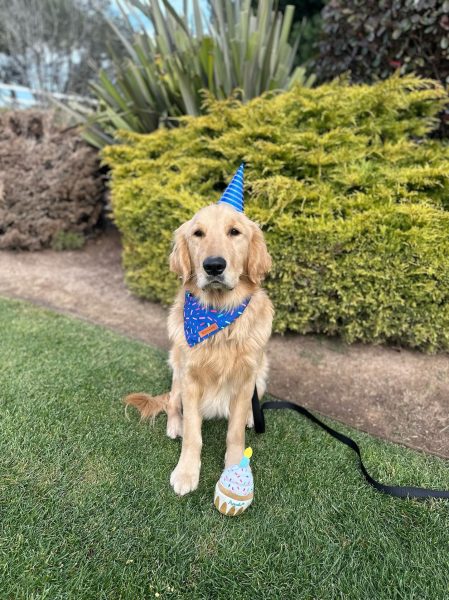
(photo courtesy of Ally Keck)
3. In what way does your work life correlate to your family life ?
“As a special ed teacher, when we got the call about Memphis and his sister, I couldn’t believe they only wanted to place the sister.”
“Memphis has special needs and was fed through a G-tube, which made him difficult to place.”
“But as a person who works with children with special needs every day, it was a no-brainer for me. I said, “Of course, I want both of them. I won’t leave a kid behind.””
“I think my background really equipped me to take care of Memphis and even though it’s challenging, it’s what I do daily, so I felt very comfortable adopting him.””
4. What was your reaction when you heard from the doctor about the need for a service dog for Memphis?
“We’re thrilled because Memphis is starting to desire more freedom from us.”
“We constantly monitor him due to his seizures. But with a specially-trained dog, he can experience more independence.”
“We have to be in the same room with Memphis currently, but the dog will allow him to be in other rooms on his own and alert us if he has a seizure.”
“This will give Memphis a great deal of independence. We were very enthusiastic when the doctor echoed our feelings and thought it was a fantastic idea.”
5. How was the process to raise enough money to train Moose here in Nebraska ?
“Getting a service dog is quite a task! First, you need a doc’s note, then find a program that’s well-trained.”
“There’s this one called Canine Compassion that gives free service dogs but they don’t do seizure alert dogs. Really, there are only a handful of programs in the U.S that train seizure alert dogs and one of them is Doggy Does Good. They’re a bit pricey as they constantly get puppies from breeders.”
“Normally, after you get a note from your doctor, you fill up this really big application, which costs quite a bit, then if you’re accepted, you have to wait about three years for a puppy from their once a year litter, which gives around five pups only.”
“Overall, it’s usually a five year process. But with Doggie Do Good they constantly have puppies coming in, so you only wait a year to 18 months.”
“The thing is, their dogs can cost up to $35,000! It’s a lot of money, but we were really fortunate to get help from the news. We really lucked out!”


![Pictured above is a structure that displays the names of Nebraska Vietnam veterans in order to “honor [their] courage, sacrifice and devotion to duty and country.”](https://plsouthsidescroll.com/wp-content/uploads/2025/10/Trey_092625_0014-e1760030641144-1200x490.jpg)



